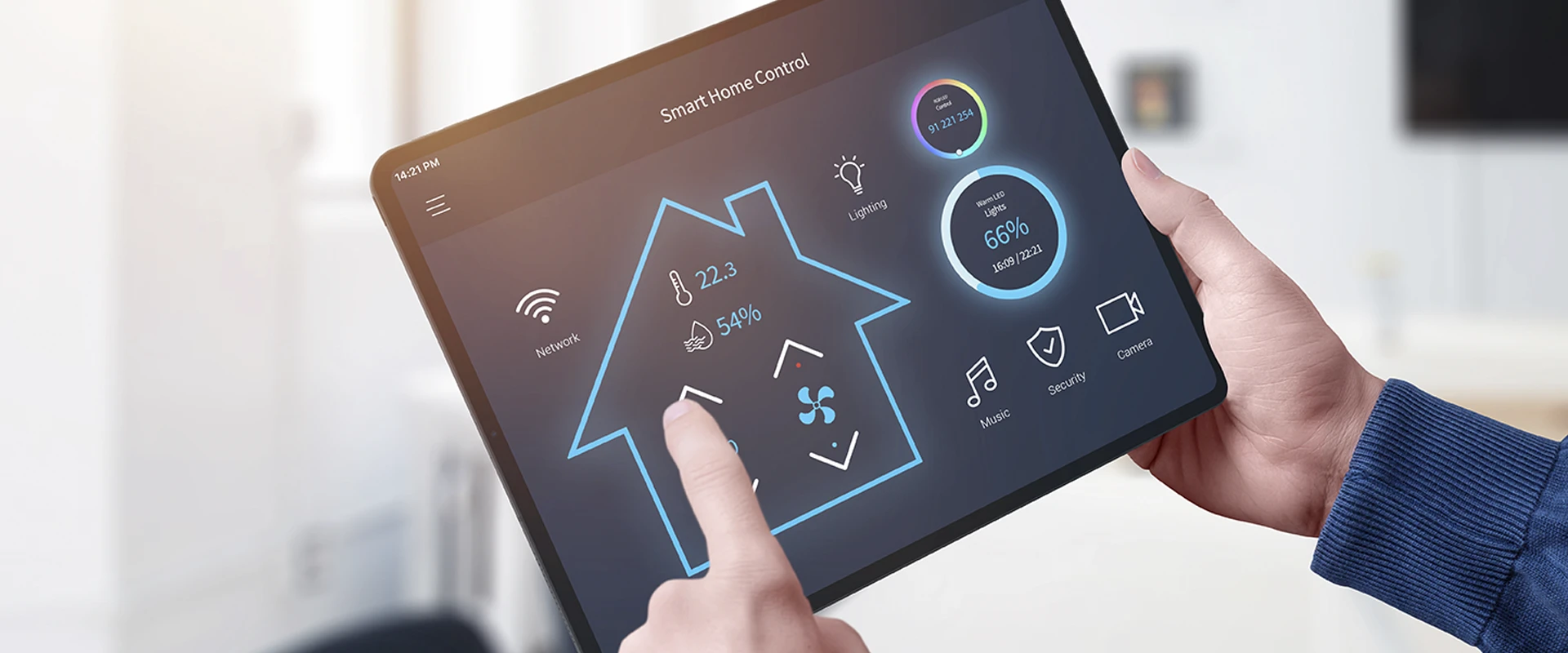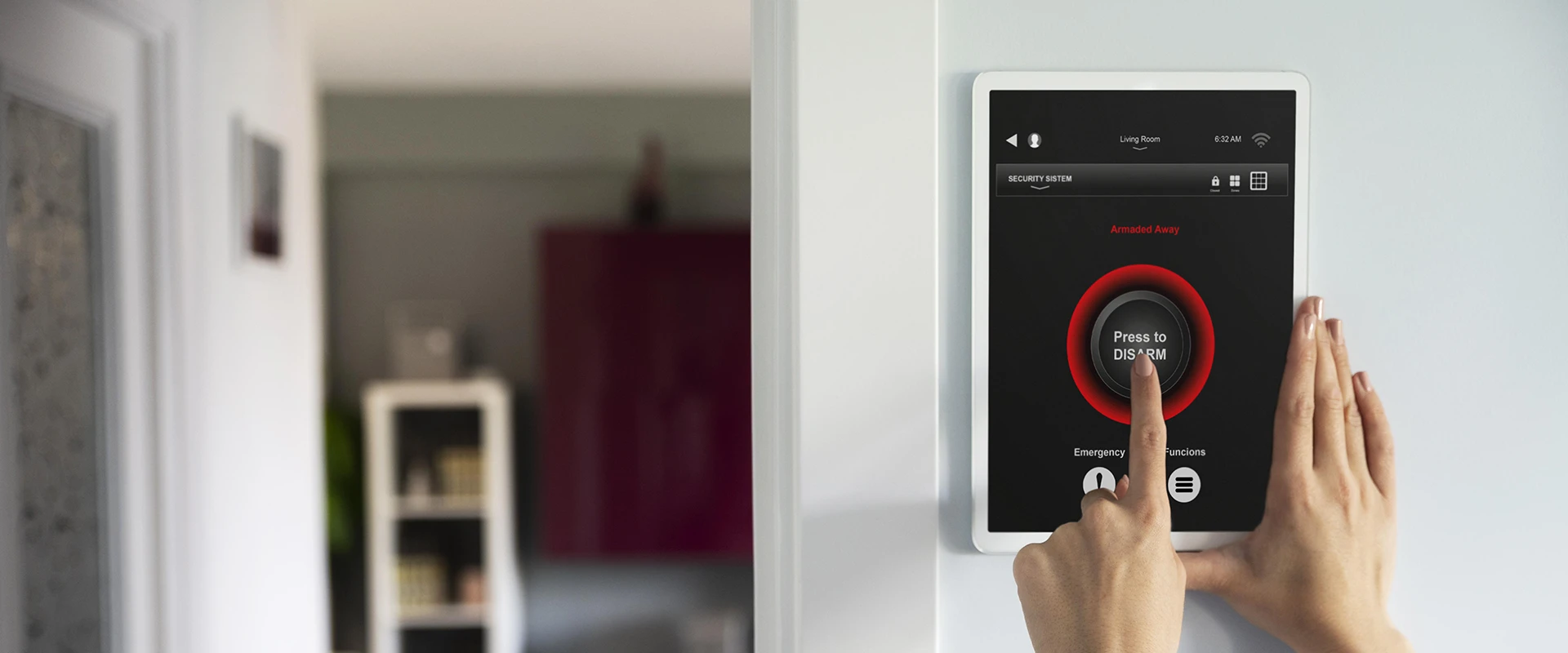
Home automation is a set of new technologies applied to an infrastructure with the intention of connecting different elements to automate them, so that they can interact with the environment and people based on different readings made by sensors.
The central unit processes the information received from the sensors and sends the commands to the actuators according to the programming. These elements are usually centralised in dedicated control panels.

Thanks to home automation, we can read room temperatures and turn on the air conditioning or heating automatically and even program schedules for switching on and off.
Through home automation, we can increase the security of homes as we can act in real time if a sensor detects smoke or a leak and contact emergencies. We can also carry out remote access control, opening the doors via an app.
As with the air-conditioning system, it is possible to act on some household appliances (ovens, washing machines, hoovers, etc.) to programme their switching on or to control them remotely.

As we can imagine, for a good use of a domotic system, it is necessary to have a basic knowledge of technology, as it is essential to use touch screens, smartphones, tablets…
Thanks to the development of artificial intelligence, it is possible to integrate it into home automation systems to improve the user experience. The best examples are those developed by Amazon, Google and Apple, where their home automation systems are able to interact with the user through voice control.
Home automation systems are not only used in homes, but also in commercial and public buildings. They are mainly used for climate control, security, lighting control, etc.
¿Quieres trabajar con nosotros?